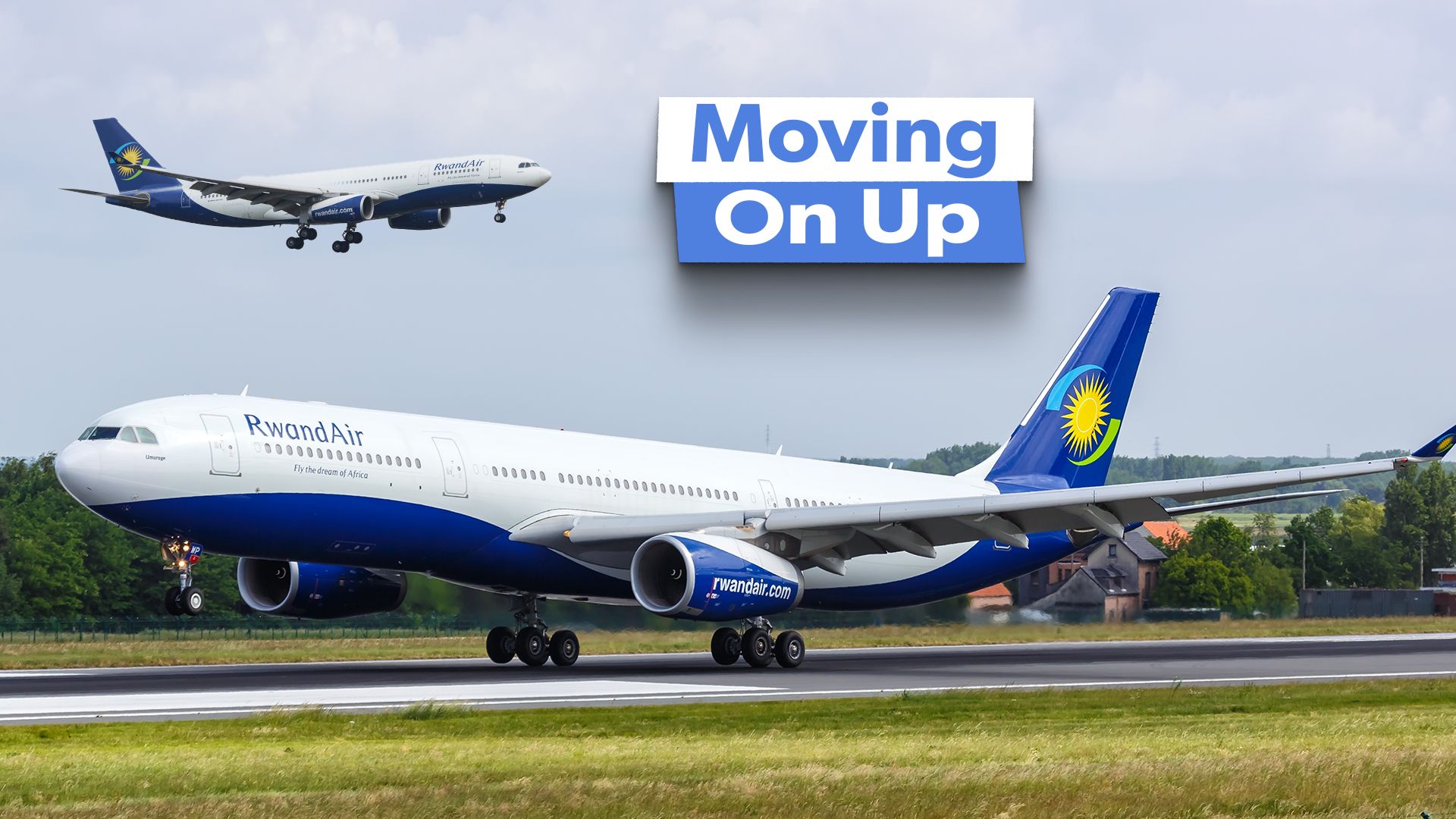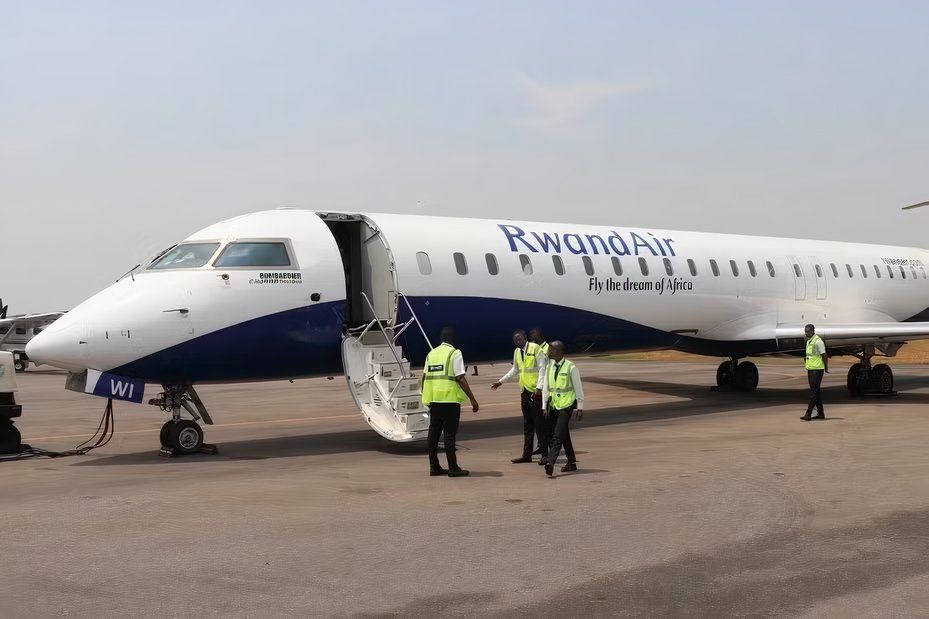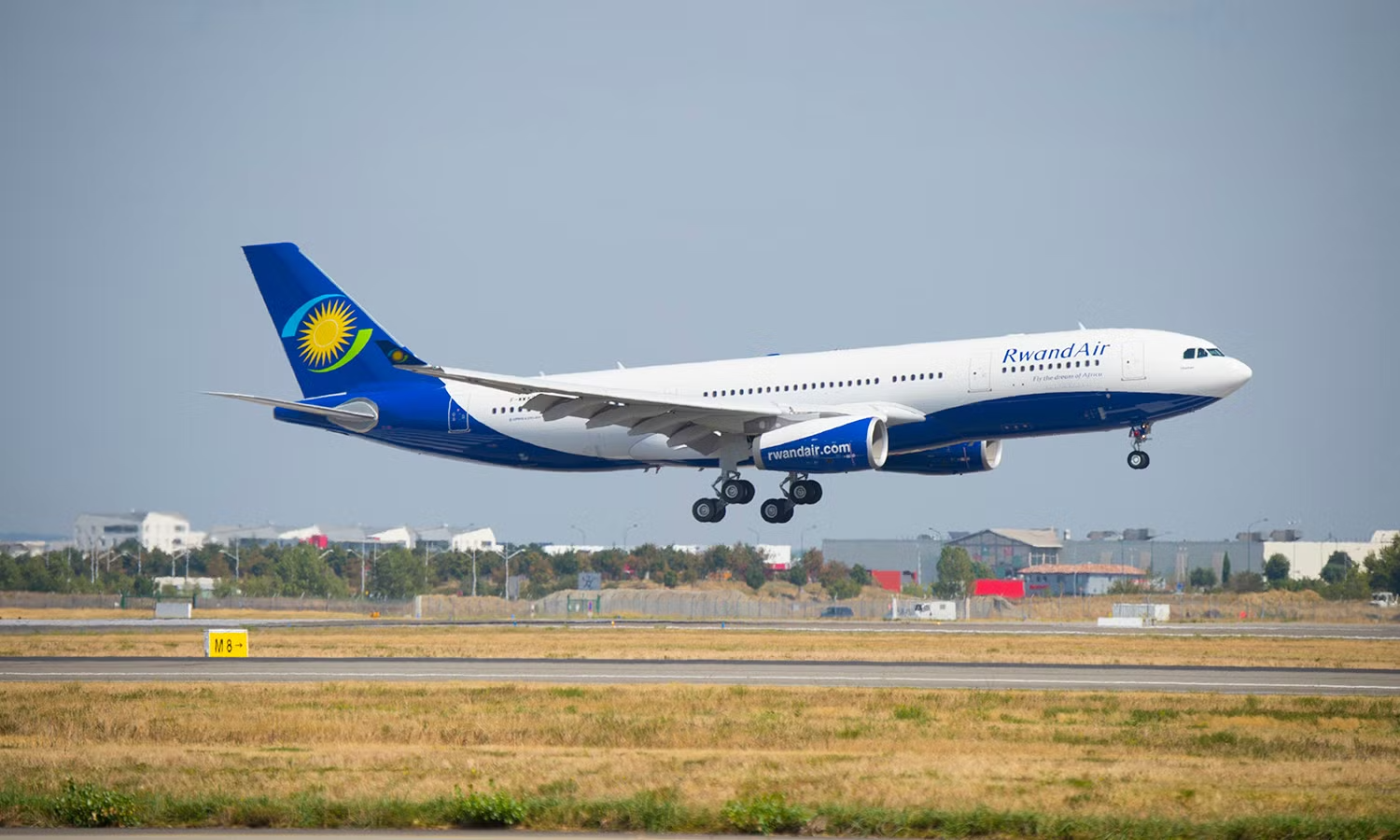The East African nation of Rwanda has long been touted as one of the continent’s fastest-growing centers for business and commerce, having made impressive leaps forward over the past few decades to get to the place where it is today.
Under the authoritarian rule of Paul Kagame, many have pointed out that Rwanda is aiming to follow a Singapore-esque path toward development, in which societal liberalization and many forms of social progress have been prioritized in favor of economic growth.
Compared to many of its African neighbors, the small, landlocked country has made some impressive strides, and the nation’s capital, Kigali, has consistently been rated one of the continent’s best when it comes to ease of doing business. But despite many of the country’s most noteworthy economic achievements, there are still several places in which the country, and its capital city specifically, still have the opportunity for improvements.
A flag carrier is a key catalyst for long-term growth
One such opportunity relates to the growth of the nation’s airline industry, which in many ways is a key catalyst for economic growth.
Many developing nations that have successfully followed the Singapore-style growth model have been able to do so on the backs of strong national airlines, which have made it extremely easy and appealing for foreign companies to send their employees abroad for business.
Airlines like Singapore Airlines, Etihad Airways, Qatar Airways, and Turkish Airlines have been key catalysts for growth and are major contributors to the rise of business hubs like Singapore, Abu Dhabi, Doha, and Istanbul.
There are even examples in Africa where this kind of model has been successful. In Ethiopia and Rwanda’s neighbor Kenya, national airlines like Ethiopian Airlines and Kenya Airways have been essential for building connectivity in the region.
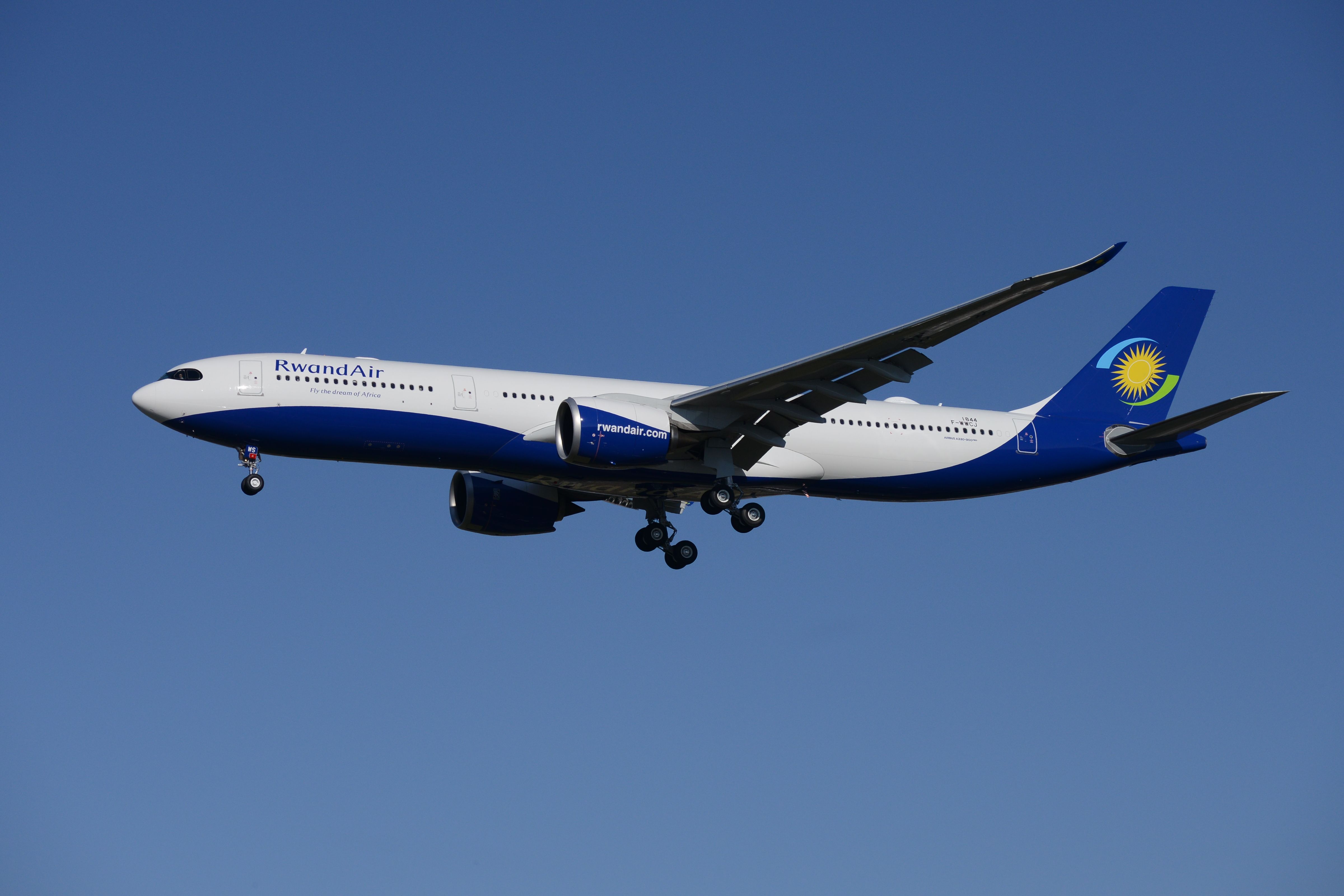
Related
RwandAir Reveals Plans To Fly Daily To London Heathrow This Winter
The expansion to the carrier’s schedule will see its number of London-bound flights almost double.
If Rwanda is going to become the business hub for East Africa that the nation’s government wants it to be, the development of a strong national airline, Rwandair
, is essential, and, as a result, it is unsurprising that leadership figures within the country have a bold vision for how the carrier will expand over the coming decade. Let’s take a deeper look at Rwandair’s expansion strategy and see what the future might hold for this young and ambitious airline.
Rwandair was originally founded as a small state-owned carrier
In the years following the 1994 Rwandan genocide, the government attempted multiple times to revive the defunct national airline Air Rwanda.
Many different private companies were interested in helping launch such an airline, and ultimately a partnership was launched with Ugandan SA Alliance Air. Eventually, the government took over full operations in 2002, launching a new airline, Rwandair Express, in 2002.
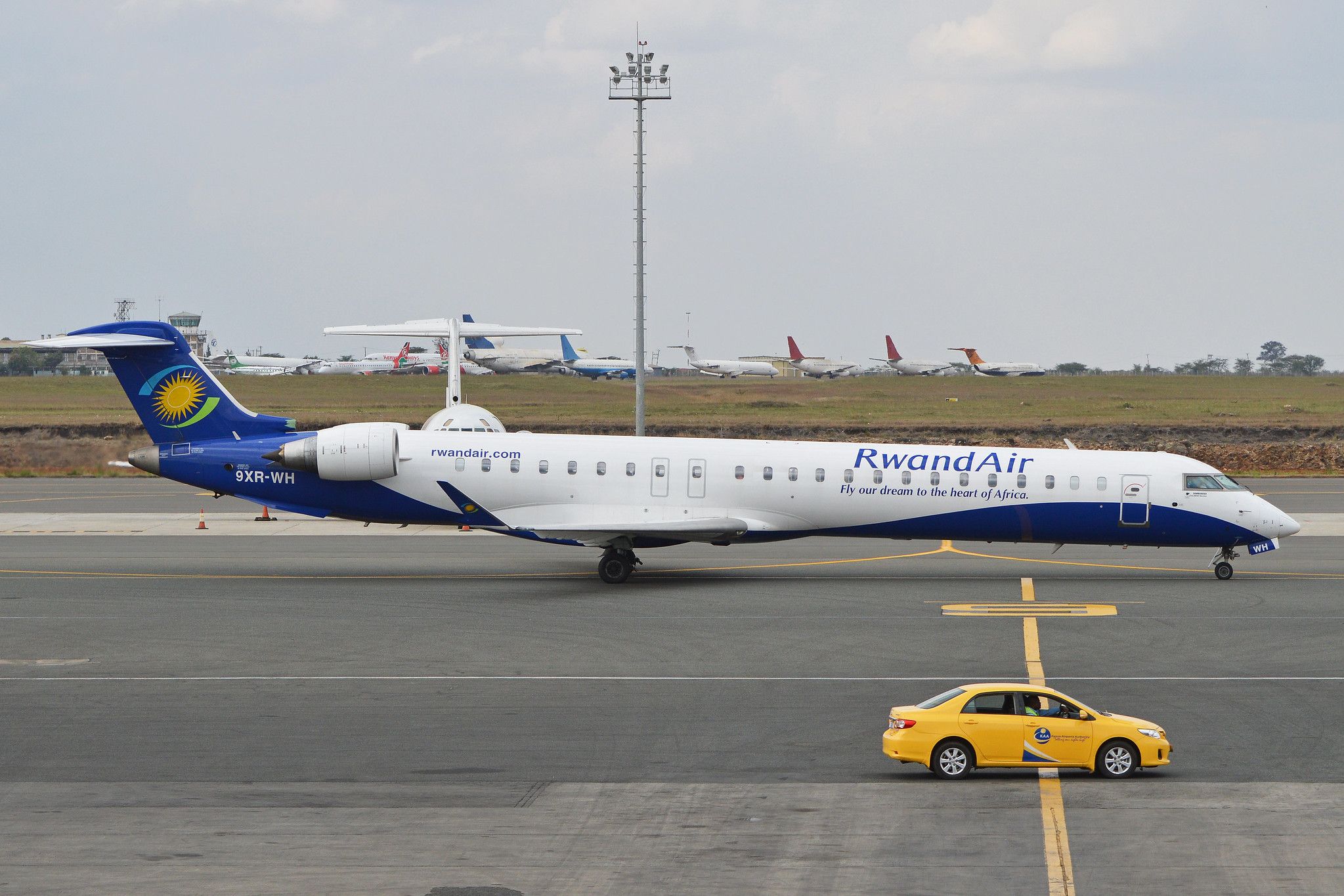
Related
The RwandAir Fleet In 2023
The carrier’s small but diverse fleet reflects the nature of its operations.
During the early years of operation, the carrier primarily connected different airports within the country and also connected the nation to many of its closest neighbors in Africa. The airline soon began basing its operations out of a major hub at Kigali International Airport (KGL).
A strategic shift took place around the turn of the decade
In 2009, the airline rebranded as RwandAir Limited, which is how the carrier remains today, and was part of an overarching transformation vision sought to help kickstart the nation’s development. According to the New Times, a Rwandan newspaper, the name shift helped the carrier portray itself as a serious multinational airline.
Photo: RwandAir
Starting in May 2010, the airline’s new CEO, Rene Janata, launched a frequent flyer program and soon began ordering new aircraft, making it very clear that the once-small carrier had bold ambitions of becoming a legacy airline. By the end of that year, the airline began receiving Boeing 737-500 aircraft, which were leased from General Electric Capital Aviation Services (GECAS).
Over the next few years, the airline began acquiring even more modern aircraft and rapidly expanding its route network. The carrier was one of the first airlines in Africa to operate Boeing 737 Next Generation aircraft and began replacing its older regional fleet with modern Bombardier CRJ900NG aircraft.
Today, the aircraft’s fleet includes a combination of widebodies and narrowbodies, allowing it to serve destinations across the globe, and includes all the following passenger aircraft:
|
Aircraft type: |
Number in RwandAir fleet: |
|---|---|
|
Airbus A330-200 |
2 |
|
Airbus A330-300 |
1 |
|
Boeing 737-700 |
1 |
|
Boeing 737-800 |
6 |
|
Bombardier CRJ900ER |
2 |
|
De Havilland Dash 8-400 |
2 |
The airline has begun to execute the first few steps of its long-term vision
But RwandAir’s goal of becoming a global airline will take much more than just fleet modernization, and over the past ten years, the airline has made a few key strides to achieve this goal. The first such move was officially joining the International Air Transport Association (IATA), which took place back in 2015.
The airline soon began operating services from Cotonou International Airport (COO) to destinations across West Africa, having been given seventh freedom rights in 2017.
In February 2020, global aviation powerhouse Qatar Airways gave RwandAir its strongest sign of international growth yet, purchasing a 49% stake in the company, according to The Africa Report.
Photo: RwandAir
In September 2022, the airline announced its intention to join the global Oneworld alliance, something which would drastically bolster the airline’s global standing.
This would make it the third airline on the continent to join a major alliance, with Ethiopian Airlines currently in the Star Alliance and Royal Air Maroc a Oneworld member.
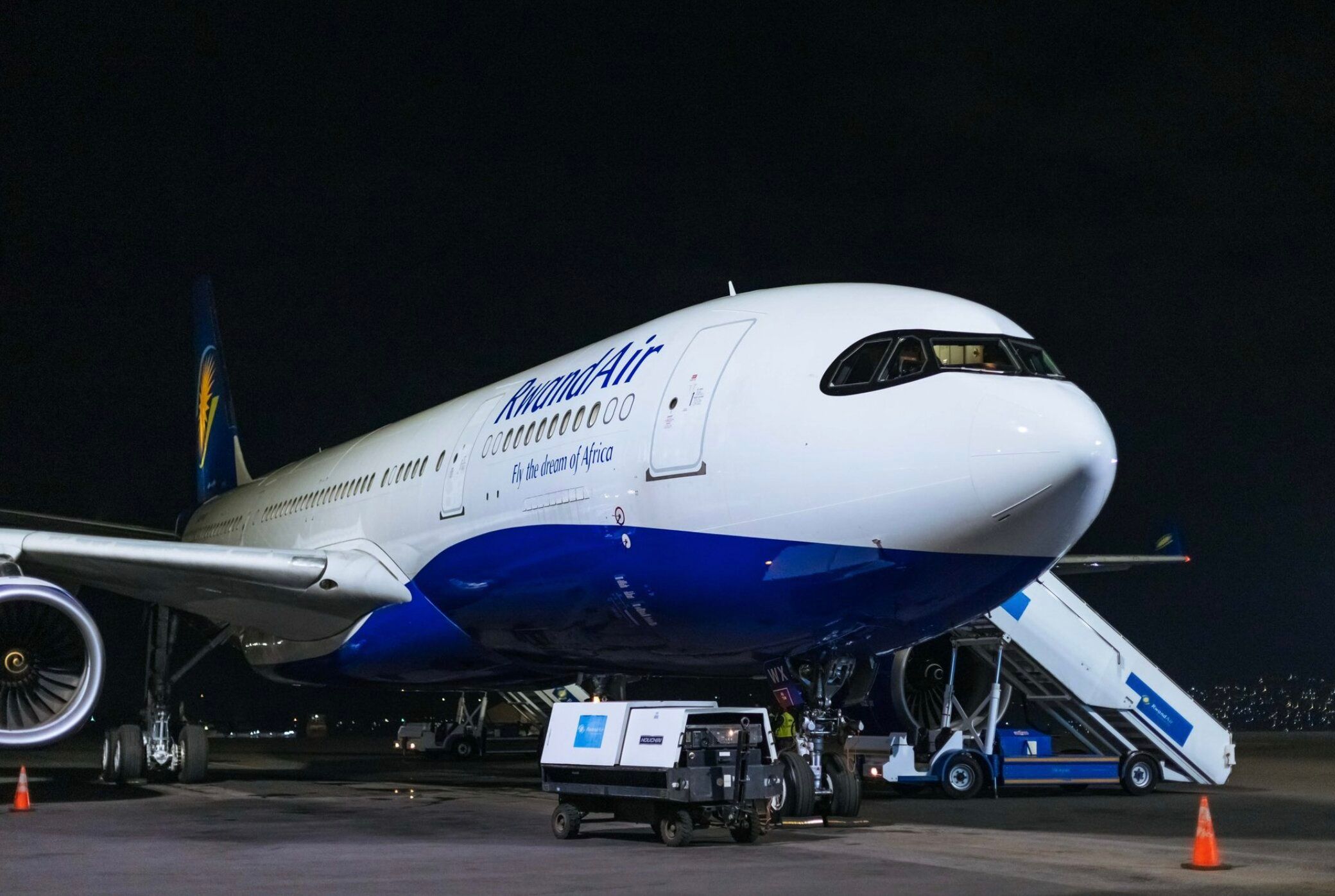
Related
Widebody Expansion: RwandAir Receives 3rd Airbus A330
The flag carrier of Rwanda is excited about the opportunities to be had with the twinjet.
With alliance membership on the horizon, a modern and dynamic fleet, as well as a major presence in both East and West Africa, Rwandair could certainly be on its way to becoming one of the continent’s most important carriers. We will have to wait and see what steps the airline takes next on its path towards global prominence.

